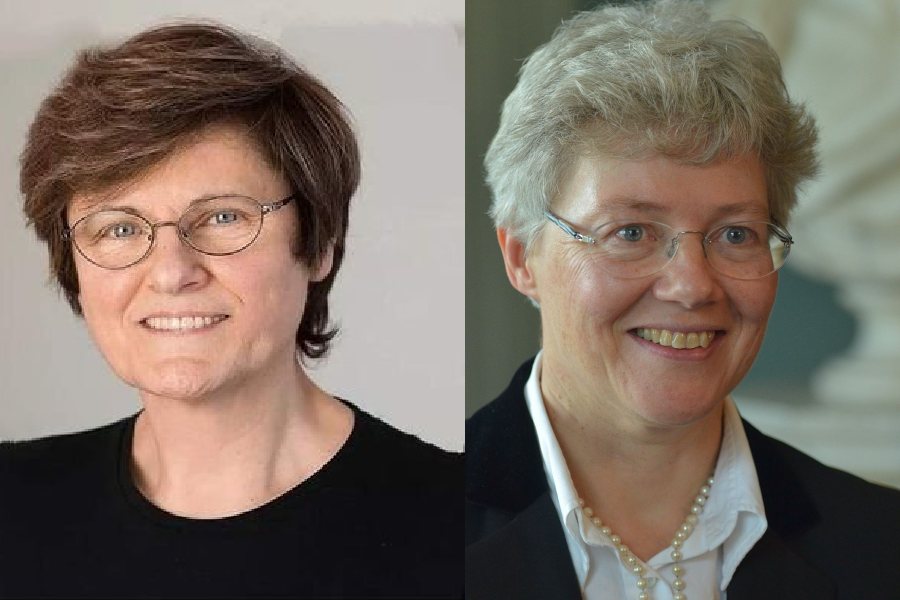The Nobel Prizes have been announced, Katalin Karikó and Anne L’Huillier have picked up awards for medicine and physics. This is as good a time as any to look up women in science one didn't even know to forget.
Some call them Matildas and the phenomenon, the Matilda effect. But first, the original. Sociologist Robert Merton coined the term Matthew Effect after a verse in the Gospel of Matthew. It goes: “For to every one who has will more be given, and he will have abundance; but from him who has not, even what he has will be taken away.” Merton describes the Matthew Effect as the “accruing of greater increments of recognition for particular scientific contributions to scientists of considerable repute and the withholding of such recognition from scientists who have not yet made their mark”. The Matilda Effect refers to long years of unseeing women in science and their contributions. Indeed, most people can’t think of a name beyond Madame Curie.
Science of silences
Since the release of Christopher Nolan's Oppenheimer, much has been written about Lise Meitner who did not get to share the Nobel Prize in chemistry with Otto Hahn for the discovery of nuclear fission. Meitner, however, got other awards and honours; the element meitnerium was named after her. Some bring up Rosalind Franklin who was never nominated for a Nobel, though her work was crucial to the discovery of the DNA structure. But there is the argument that Franklin's work on coal and virus structure is what she cared about and it was recognised during her lifetime. But yes, there were countless others across centuries and continents who did not fare as well. Trotula of Salerno, Italy, was an 11th century physician. A gynaecologist, she researched and wrote about women's diseases and these treatises were called Trotula. The story goes that a 16th century editor changed her name to Eros --- a man’s name --- and Trotula was practically edited out of history.
Optional cut
Émilie du Châtelet lived in France in the 18th century. She wrote several scientific treatises and worked on the translation and commentary of Newton’s Principia, but if she is at all known, it is as "Voltaire’s mistress". And no matter how much effort has gone into naming a day after her, how many can claim to know that Ada Lovelace, daughter of the Lord Byron, was a mathematician, worked with the Father of the Computer, Charles Babbage, and is believed to have written the first computer program in the early 19th century? Hotu was born in what is now East Burdwan, a century before Ada, sometime in the late 1700s. We know she ran a school, was well-versed in medical science, and many a practitioner of ayurveda consulted her, but the greater part of her story as a woman of science is lost… The history of women in science and its writing, come to think of it, is an art practised for long years by men.











